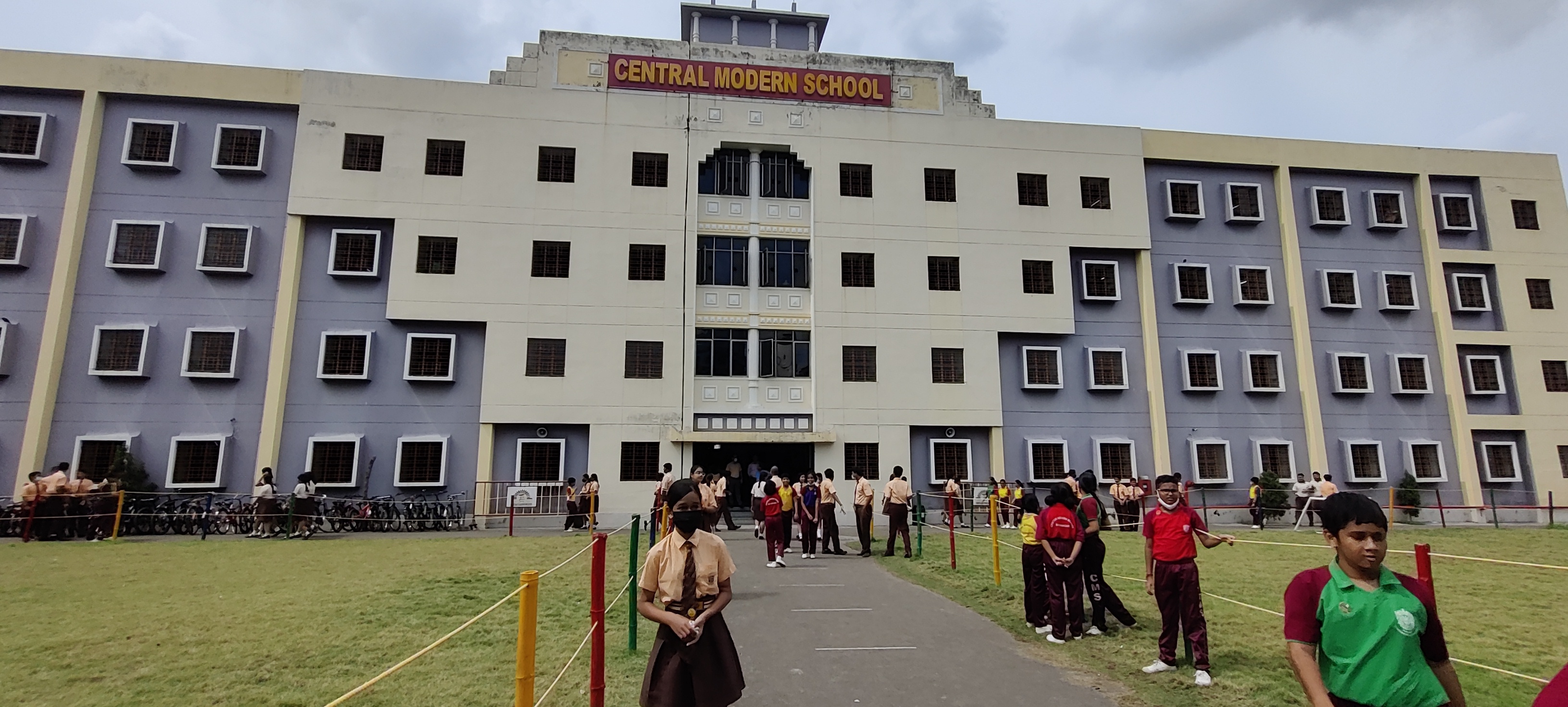Blog Details
- 25 July,2024
Sports Infrastructure In School Selection And Its Impacts
Schools play a vital role in children's overall development, and physical education is a critical component of this development. Separate sports-specific play areas in schools, such as basketball courts, football fields, badminton courts, children's play areas, and cricket pitches, have a substantial impact on students' physical, social, and mental health. In this article, we will look at the value of these dedicated places and how they improve the overall educational experience.
Promoting Physical Health
1. Encouraging Regular Exercise:
Having separate venues for different sports allows pupils to
engage in a variety of physical activities. Regular exercise is crucial for
keeping the body healthy, boosting cardiovascular health, increasing muscle
strength, and developing total physical fitness.
2. Reducing Obesity Rates:
Children today are more likely to lead sedentary lifestyles
due to the prevalence of digital entertainment. Dedicated sports facilities in
schools encourage pupils to engage in physical activity, which can help prevent
childhood obesity and other health issues.
Enhancing Skill Development
1. Specialized Training:
Separate sports facilities enable customized training,
allowing kids to develop specific talents for each discipline. For example, a
basketball court with proper markings and hoops allows pupils to practice
dribbling, shooting, and collaboration.
2. Professional Coaching:
With separate play spaces, schools can hire coaches who
specialize in specific sports. These instructors can provide expert advice,
assisting pupils in improving their techniques and excelling in their chosen
sport.
Fostering Social Interaction and Teamwork
1. Building Team Spirit:
Football and basketball demand teamwork and collaboration.
Having designated fields and courts promotes a sense of teamwork and
camaraderie among kids, teaching them the value of working together to achieve
a common objective.
2. Enhancing Social Skills:
Sports activities allow children to interact with their
peers, establish new friends, and learn social skills. These contacts are
essential for developing self-confidence and communication skills.
Promoting Mental Well-Being
1. Stress Relief:
Physical activity is an effective stress reducer.
Participating in sports allows pupils to release pent-up energy and reduce
worry, resulting in improved mental health and a more optimistic attitude on
life.
2. Improving Concentration:
Regular physical activity has been linked to improved
concentration and cognitive performance. Students who participate in sports are
more likely to be able to focus on their academic duties, which leads to
greater classroom performance,
Ensuring Safety
1. Controlled Environment:
Dedicated sports facilities create a supervised atmosphere
in which students can play safely. Properly maintained courts and fields reduce
the danger of injuries and accidents, resulting in a safer experience for all
participants.
2. Age-Appropriate Play Areas:
Children's parks and play places created for younger pupils
provide a safe environment for them to play and explore, free of the dangers of
more rigorous sports.
Enhancing School Excellence
1. Attracting Talent:
Schools with outstanding athletic facilities are frequently
more appealing to parents and students. These facilities can assist uncover and
develop talented athletes, potentially leading to regional or national
prominence.
2. Competitive Edge:
Separate sports-specific play areas give schools a
competitive advantage in interschool tournaments. Well-equipped facilities
enable students to train properly, resulting in improved performance in
tournaments and matches.
Conclusion
The significance of dedicated games areas in schools are of utmost importance. These designated areas promote physical health, skill development, social interaction and teamwork, mental well-being, safety, and improve the school's reputation. Schools that invest in high-quality sports facilities may provide a well-rounded education that educates children not only academically but also physically and socially.
